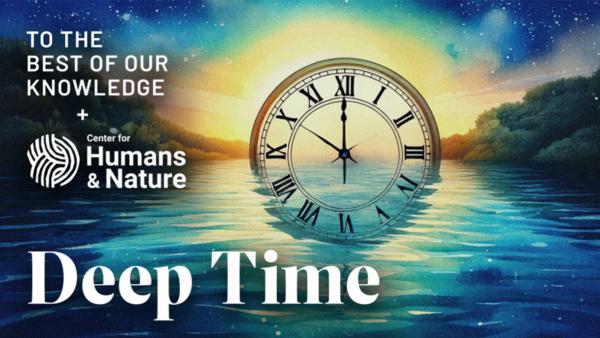
This week, on “The Art of Time,” we meet some contemporary artists who are finding new ways to bridge the distance between us and the furthest reaches of time. Katie Paterson, an award-winning Scottish artist, works with fossilized remnants of ancient forests and insects, and grinds up carbonized chunks of meteorites that pre-date our galaxy. She built an anodized map of 27,000 dead stars, and planted a forest that will become a future library of books to be published in 100 years’ time. “I love the idea of being able to expand our time horizons,” Paterson says.
San Francisco-based Jonathon Keats is a conceptual artist and experimental philosopher who’s worked with NASA, CERN and the SETI Institute. His monumental-scaled clocks, engineered to run on “river time” or “arboreal time,” call into question the very concept of standardized atomic time. We need, he says, to make time more pluralistic, to envision a kind of chrono-diversity.
As an audio producer, I love translating ideas into sounds, and I wondered – how close could we get to imagining this symphony of time? So we talked with acoustic ecologist and sound artist Alex Braidwood about his multi-dimensional recordings of the dawn chorus, many of them made just a few miles from his home in Iowa.
Working on this series has led me to question some of my most basic assumptions about time, expanded my conceptual framework, and given me some profound moments of wonder. Time, I’ve come to understand, is neither as monolithic nor as authoritarian as we’ve imagined. Beyond the metronomic tick of atomic decay, Earth echoes with the syncopated rhythms of river time and the symphonic harmonies of the global dawn chorus. A multitude of time signatures exists all around us, at every scale – from the cosmic to the microbial. As Jonathon Keats quips, “Everything is about time, really.”
– Anne
